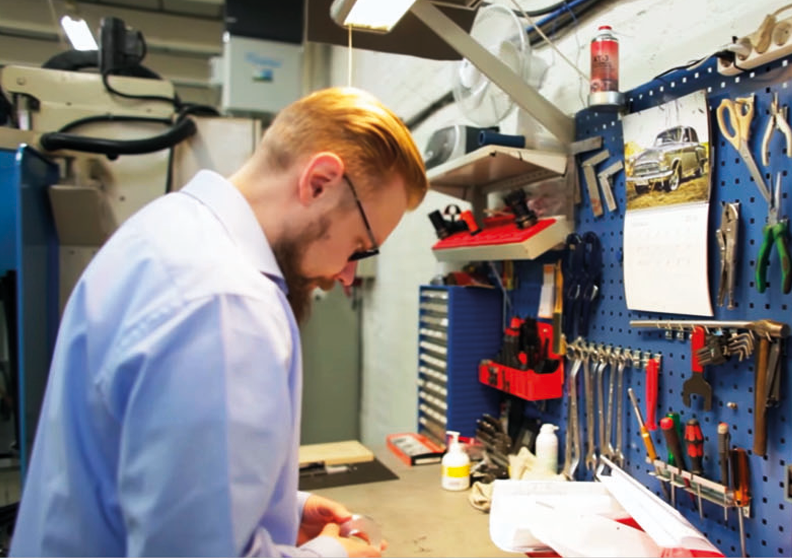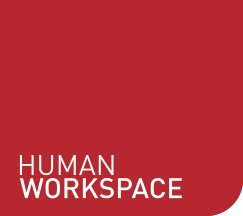Back problems are a major pain in the posterior for employers and employees alike, with musculoskeletal problems accounting for 41% of all workplace illnesses in the UK in 2015/16 according to the Health and Safety Executive (HSE).
In the UK, back pain was responsible for an astonishing 3,417,000 lost working days in 2015/16 (HSE), with manual handling (that is: lifting stuff) the most common cause of issues. So why is work so uncomfortable for so many people?
Most workplace problems aren’t a symptom of chronic back issues, such as sciatica (when the big nerve down your back and legs acts up), slipped discs, arthritis or whiplash, but by inflammation and pinched nerves. This is good news because it means that small changes can make a really big difference, but it also makes workplace back pain a ubiquitous problem because it can affect otherwise healthy people.
So why do back problems occur?
One of the reasons back problems are so common is that the back is directly involved in most physical movements. For most of us, our backs are just something that we sling a bag on; we don’t give much thought to how it works day to day. But your back is made of incredibly complex structures with interlinking bones, cartilage, muscles and nerves; one kink or strain can affect the functional abilities of your back and, by extension, your whole body! Think about that next time you hang a heavy rucksack over one shoulder.
In the workplace, Spine-health identify two main groups of back injury: non-accidental injury is pain caused by a person’s everyday activity, such as through repetitive motion or bad posture. It’s easy to look at these things as inherently preventable but the truth is, everybody slouches, despite what your teacher used to say. The second group, accidental injury, refers to one-off events, like overstretching, twisting, or when a heavy load shifts during lifting.
Back injuries at work can be caused by both too much heavy activity, particularly at the end of your range of motion, and a lack of activity. Many work environments require people to be in the same position for hours at a time, but spending too long in the same position diminishes the elasticity of muscles, ligaments and tendons in the back, so it can go from being that ache that you complain about at the end of the day to something more long term.
It’s all about you
As with many medical issues, it’s really all about the individual and their environment. It’s important to correctly assess risk factors on an individual basis, enabling you to identify both repeated and unique issues across the workplace.
Sophie Wearing, an occupational therapist with experience in workplace health issues, said: “When planning your workspace, it’s important to consider people’s individual health conditions and needs, their tolerance and stamina, as different people’s capabilities will impact how their workplace affects their health.”
For example, in the case of back injuries, as with so much in life, it really is better to be young: the incidence rate of back injuries among 16-34-year-olds is significantly lower than for those in the 45-54 and 55+ age group. But a person’s age is just one of the factors that needs to be considered in an ergonomic assessment of a workplace, you also need to work out what people’s individual risk points are: are they staying in the same position for too long, is their range of motion repetitive, or are they required to lift heavy goods?
Sophie continued: “A key ergonomic issue in a manufacturing environment is ensuring that individuals use correct technique through multiple repetitions. Over time people slip into bad habits, so it’s important to know the right techniques and have the right equipment to minimise the risks and safeguard employee health.”
In the workplace, this might involve making sure your workstation is set up at the correct height with the equipment and objects you need to access placed within comfortable reach to avoid unnecessary stretching and twisting.
How we can help
Preventing back injury is at the core of what we do at Human Workspace. We provide ergonomic assessments of workplaces, which sounds incredibly clinical, but the most important thing we do is get to know the people in the workplace and what they do so we can make sure that we provide the right equipment and advice to help them in the long term, whether that’s ensuring that laboratory workstations are set up to maximise comfort and efficiency or ensuring that the factory design is as lean as possible, limiting incidences of ad hoc manual handling.
Want to know more?
Or give us a call on 01273 704520 to chat about your needs.

